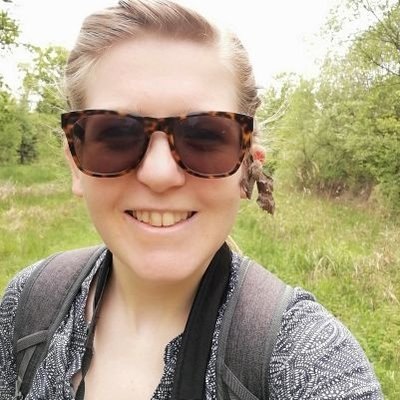Known for a long time only from 20 taxidermy specimens collected prior to 1938, rediscovered in 2002 and first photographed in 2007, the Waigeo brush-turkey has proved to be an elusive bird.
The video footage was secured by Fauna and Flora International and its partners during recent camera trap surveys to map and monitor the wildlife of the Raja Ampat archipelago in Indonesia.
“This is a great example of scientific and local knowledge combining to uncover the biological riches of Indonesia,” said Maurits Kafiar, Fauna and Flora International’s local partner.
The Waigeo brush-turkey is only found in a very small area of Waigeo, the largest of the four main islands in the Raja Ampat archipelago. There are thought to be around 980 mature individuals, and this small population size, coupled with its restricted range, mean this species is categorised as Endangered by the International Union for Conservation of Nature (IUCN).
It has remained so elusive because it only lives in low densities in forest above 600m on an island characterised by its very rugged, and often inaccessible, terrain.
One thing known about Waigeo brush-turkey is that it has an unconventional way of incubating its eggs. They are covered by a huge mound of vegetation and, as it rots, the heat produced incubates the eggs.
The temperature of the mound is regulated by the male bird who removes or adds leaf litter accordingly.

